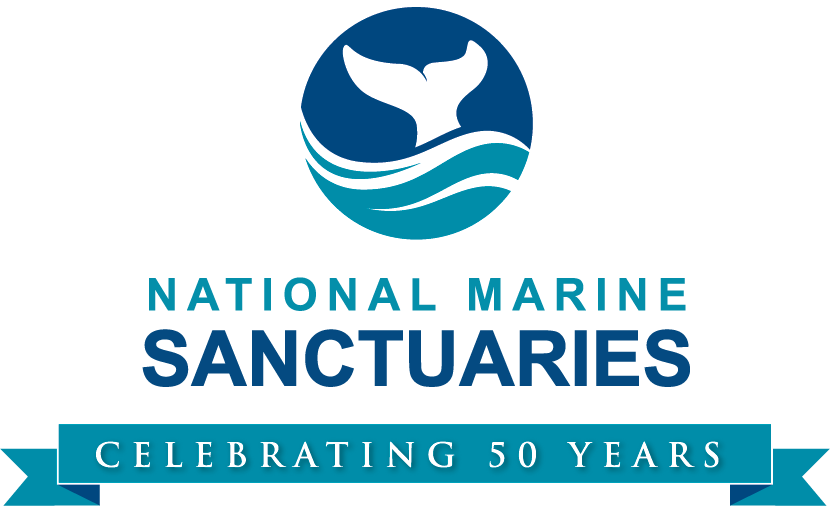
The Making of a Maritime Nation: The Ocean of a Past, Present, and Future America
50th Anniversary Sanctuary Signature Articles
By Elizabeth Moore | October 2021
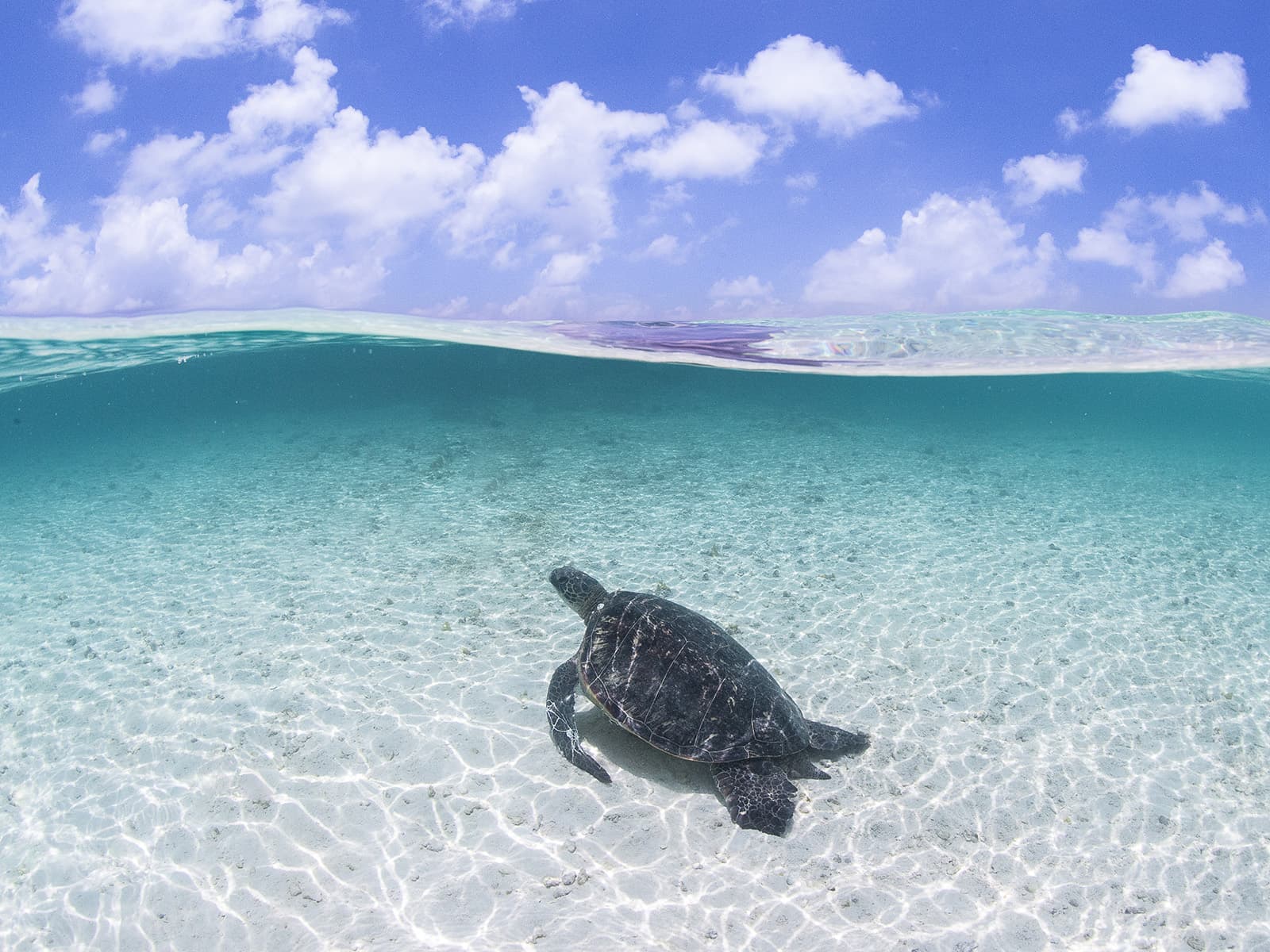
Sea to Shining Sea
America is a nation that touches three of the great ocean basins and the massive inland waters of the Great Lakes. From one coast to the other, from the northern reaches of Alaska to the tropical climes of the Keys, from the rocky coasts of Maine to the coral reefs of the vast Pacific, from Great Lakes to Gulf shores, this country extends from sea to shining sea. Today, our Exclusive Economic Zone, the legal boundary of waters out to 200 nautical miles from shore, is, at about 4.4 million square miles, one of the largest on the planet. Compare that to our total land area of about 3.8 million square miles, and we realize that our nation is made of more water than land.
The country's geography, the presence of so much water and so much coast, has had an enormous impact on its development. The nation's founding and growth, and the development of a uniquely American identity and culture, is the result of the delivery of hundreds of different cultures, with their traditions, customs, beliefs and creeds, to its shores. We are the children of ancestors who arrived, or were brought, by time and tide.
For the Sake of the Fishery
The first Americans arrived using the Bering Strait land bridge and spread across the continent, moving along the Pacific Coast by boat and by foot, and making their way inland, settling for a time in places where food, water, and shelter were available and starting off again when a restless new generation was born or more hospitable surroundings were needed. These native peoples were the first stewards of the nation's resources; their very subsistence relied on nature and its unpredictable bounty, and involved developing an intimate knowledge of and ways to take care of the resources on which they depended. The ocean was an integral part of life for those who settled along the shore or on islands, providing sustenance in the form of fish, shellfish, waterfowl, and other animals; a mode of transportation for kayaks, canoes, and rafts; and a source of the sacred in the forms of gods and spirits, oceanic underworlds, and epic maritime adventures.
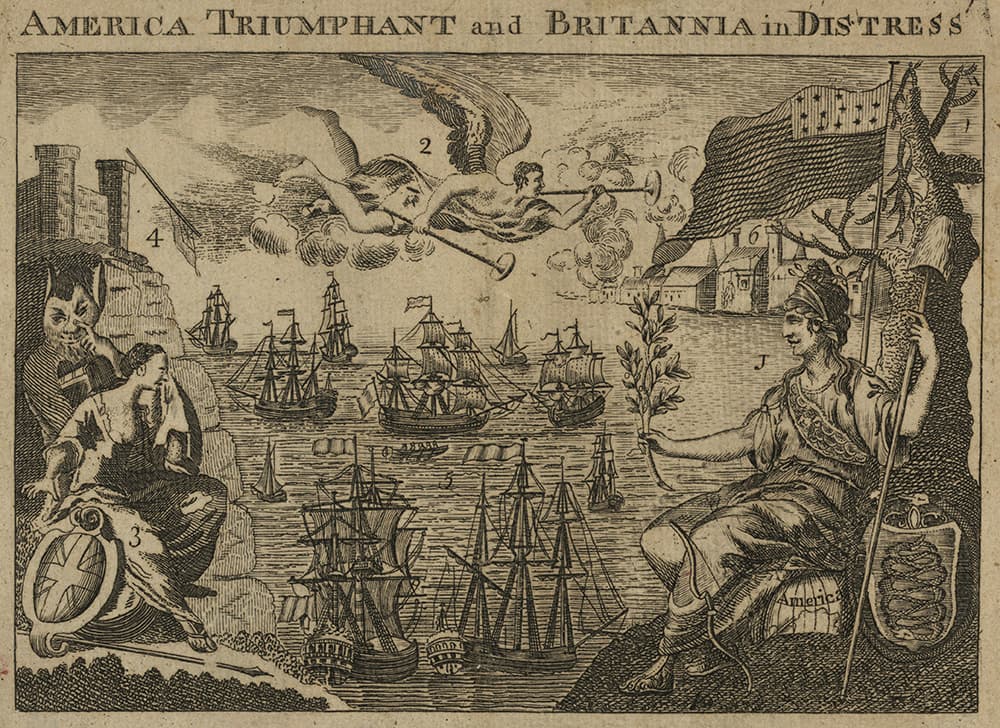
The early European colonists who began arriving thousands of years after the first humans set foot on the continent were also drawn in large part by the natural wealth early explorers had noted. In 1784, in his history of the colonies, Englishman James Franklin wrote of colonists arriving "by reason of the then profitable trade of furs and skins, and for the sake of the fishery."1 He also notes that "shipbuilding was one of the most considerable branches of business," undertaken in Boston and other port towns in New England. By the early 1700s, the colonies were no longer considered a frontier and were independent, in an economic sense, from Great Britain.2 This economic self-sufficiency was largely a result of stable staples, such as cod and other plentiful marine resources; the bustling maritime trade among the colonies, and with Europe, Africa, and the Caribbean; and the relatively cheap labor provided by enslaved people and indentured servants.Moreover, this intercolonial trading helped solidify communications and relationships among the disparate colonies and helped forge an American identity.3
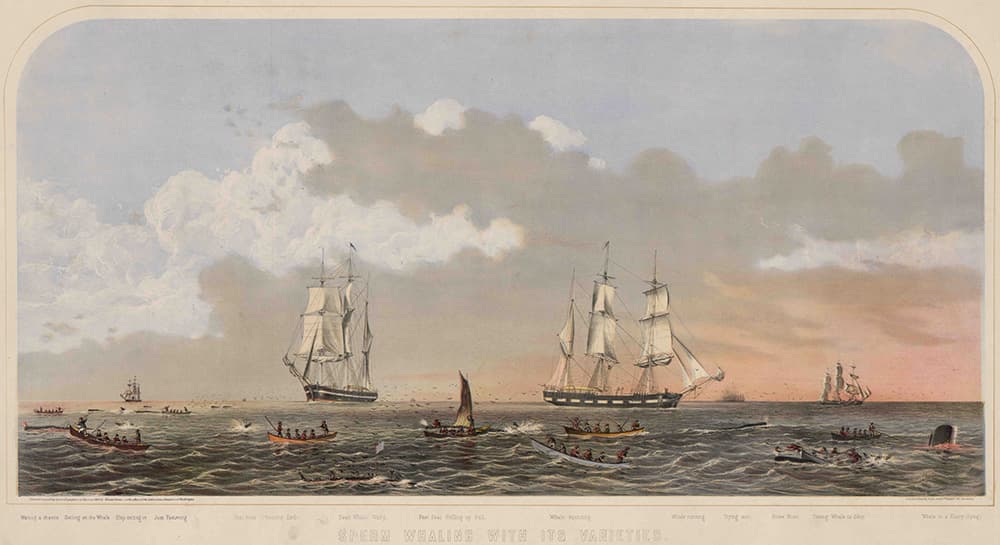

Maritime resources remained vital to the nation that was born after the Revolutionary War. Fishing for cod and other species increased; furs of water animals like beaver, otter, and seal trapped in the sprawling western territory made their way east; whaling grew into international mega-corporations, the oil companies of their day. American shipping trade grew and prospered, as merchants sought out ports and markets once denied them by British laws. As time passed, timber and other agricultural crops were replaced by commodities like cotton and tobacco. Ports were developed and then enlarged as ships grew bigger and faster, and the inner waterways of the continent were straightened and dredged, a new network of canals extending the reach of shipping traffic even further inland.
Steamships replaced those driven by wind; cargos changed; favored port cities of the East Coast gave way to those in the Gulf of Mexico and along the Pacific Coast. The fortunes of the ocean-based sector of the national economy would wax and wane over the decades, but fishing, shipping, vessel construction, and port activities were always important components of it. The authors of the 2008 book "The Way of the Ship" write of the deep influences and roles of maritime shipping and commerce in the nation's history.4
The Seaward Turning
For the first several centuries of the nation's existence, the ocean wasn't viewed as anything more than a source of seafood, a vector for shipping, and a buffer to America's enemies. The forerunner of the Coast Guard, the Revenue Service, formed in 1790, and the Navy soon after in 1798, were both founded in large part to protect American sea commerce. The 1789 creation of the Lighthouse Establishment and the 1807 establishment of the Coast Survey were to support domestic trading by making coastal waters safer to navigate. The creation of the United States Fisheries Commission in 1871 was spurred by concerns about the decrease in "useful food fish" stocks,5 and the first wildlife agency in the government, the Office of Economic Ornithology and Mammalogy established in 1885, was formed to look at the economic values of wildlife, not their intrinsic worth.6 A 1909 survey of America's natural resources (claimed as the first of any nation by President Roosevelt), while assessing the freshwater and fish resources of the nation, did not address its ocean in any significant manner.7
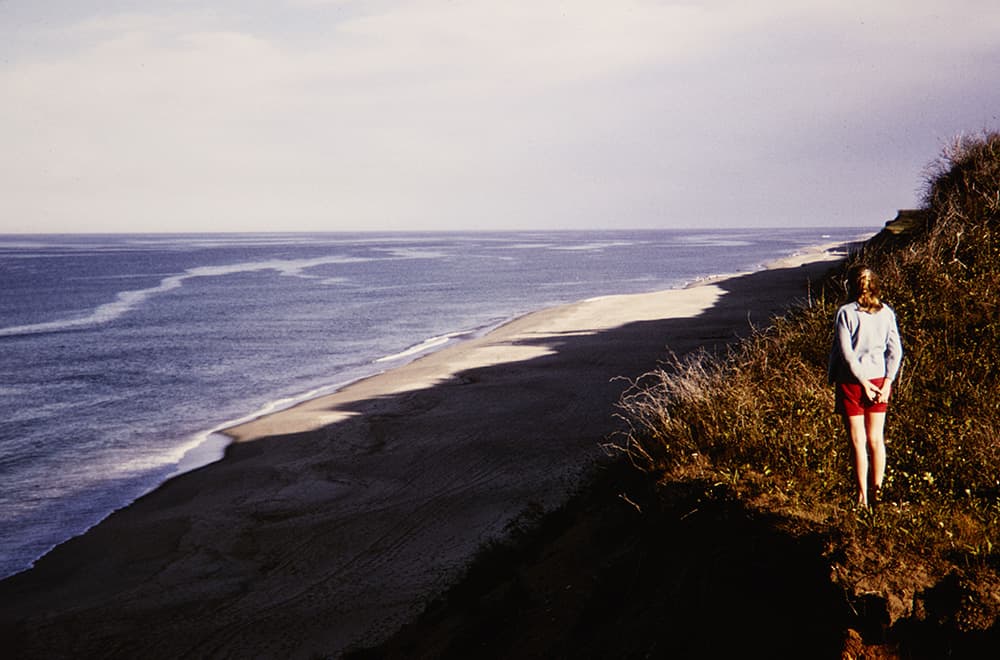
But after World War II, Americans' views of the value of the ocean and the nation's shores underwent a sea change. Americans began devoting more of their time and money on recreational pursuits. A commission appointed by Congress delivered the first national assessment of outdoor recreation in 1962, which concluded water was a focal point for outdoor recreation and vacations, and the most popular water-based sports were, in order, swimming, fishing, boating, and water skiing.8 In 1969, the Stratton Commission, aware of the increasing importance of the ocean for the country's economic and ecological security, advised the President: "Multiple pressures force the Nation to turn to the sea, and multiple opportunities await the seaward turning."9
America responded to the Stratton Report, as well as disasters such as the Santa Barbara oil spill of 1969 and the burgeoning environmental movement in the country, with a surge of marine conservation legislation in the late 1960s and early 1970s. Key acts such as the Marine Research, Protection and Sanctuaries Act, Coastal Zone Management Act, Endangered Species Act, Marine Mammal Protection Act, and Magnuson-Stevens Fishery Conservation and Management Act provide the foundation for our ocean protection today.
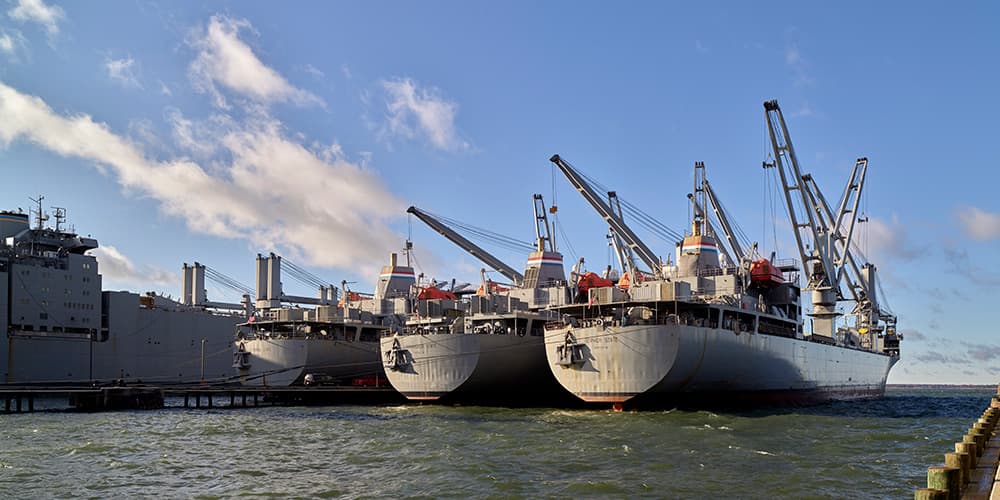
The Blue Economy
Today, we are very much aware of how important the ocean is to our economic and ecological security. We have seen the rise of a new term: "blue economy," which the World Bank defines as "the sustainable use of ocean resources for economic growth, improved livelihoods and jobs, and ocean ecosystem health."10 The blue economy and its role in the economy of today and tomorrow has been the subject of much discussion among international governments, organizations, universities, and the corporate sector for a decade. The global ocean has a value in the trillions of dollars, $24 trillion by one estimate in 2015. The blue economy is vital here at home too. NOAA describes the American ocean economy as including six sectors—construction, harvest of living resources, mineral exploitation, vessel building, tourism and recreation, and transportation—that together are worth hundreds of billions of dollars, 3.3 million jobs and $307 billion contributed to our GDP in 2020.11
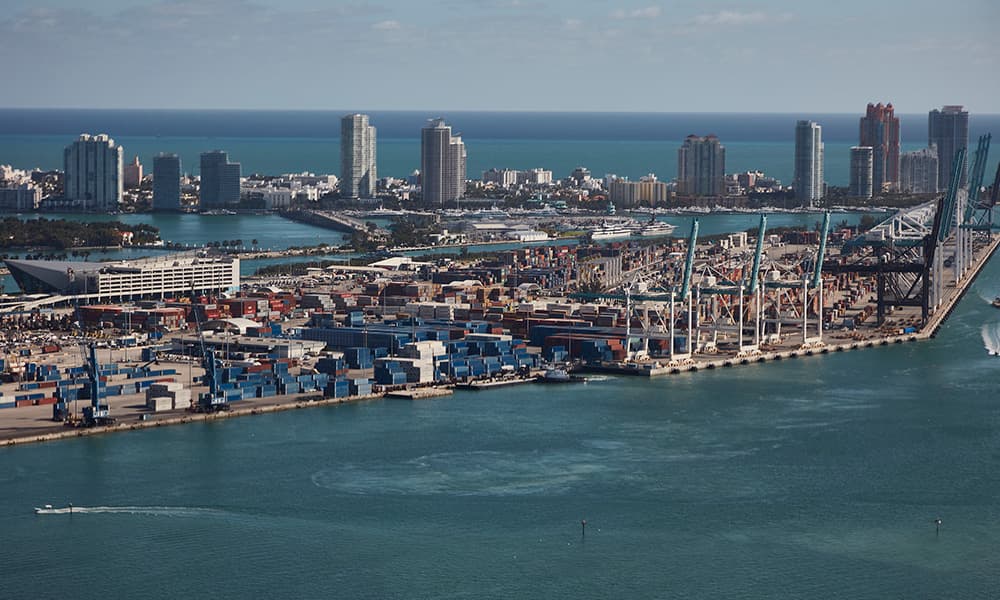
The blue economy touches all of our lives whether we know it or not. Cargo vessels carry the household goods, clothing, shoes, electronics, and other things we use every day; cruise ships carry us on sea-going vacations; they both utilize ports (and all their supporting businesses) that act as bustling gateways to and from the ocean. The seafood we eat comes from wild-caught or aquacultured fish and shellfish. Marine plants provide us with nutritional supplements, medicines, and thickening and stabilizing agents found in everything from food to cosmetics to personal care products. When we visit a beach, surf a wave, throw a baited line in the water, or launch our kayaks or canoes, not only are we partaking in pleasure in the ocean, we're patronizing the myriad businesses that support our fun, from bait shops, fishing guides, and dive concessions to small beach cafes, sporting goods stores, and souvenir shops.
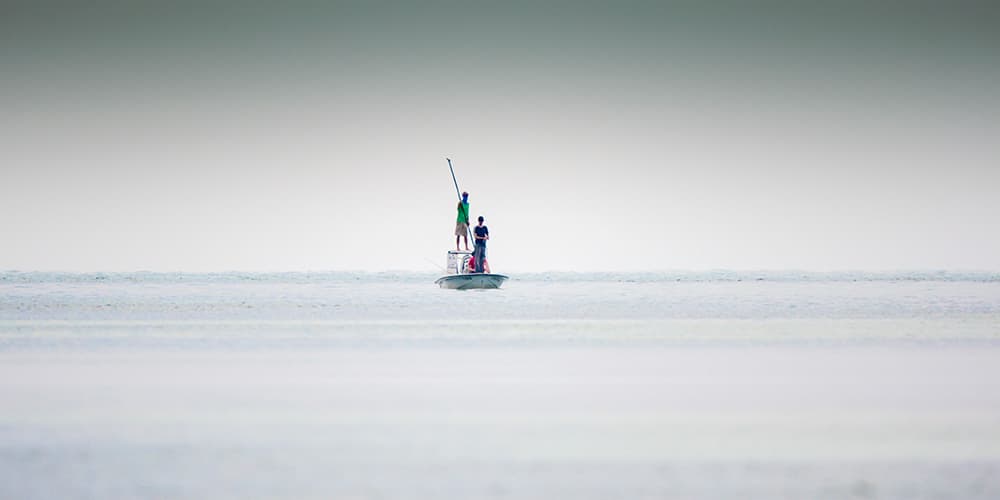
The ocean's role as an economic powerhouse will only increase in importance in coming years. Emerging industries based on the ocean include biopharmaceuticals, seabed mining, renewable energy, desalination, ecotourism, aquaculture, and technology. More people than ever before need food, clean water, and affordable energy, and are looking to the ocean to provide them. Combine these demands with technological advances and increasing cost effectiveness, and the result is an expectation of huge economic growth in ocean-related industries. As our lands were once fundamentally transformed by the Industrial Revolution, our ocean now faces a similar threat of rampant overdevelopment and unsustainable harvest if we do not keep the blue ecology in mind along with the blue economy.
The Blue Ecology
As the blue economy touches our lives every day, so does the blue ecology, the relationship between the ocean and the living things of the planet. One term for the benefits we derive from the ocean is "ecosystem service." One of these services is the air we breathe; more than half the oxygen on the planet is produced by marine plants and algae. Another is the rain created by the planet's hydrological system which waters our crops and feeds our lakes, streams, and rivers for freshwater supplies. Food is another, whether we enjoy eating fresh-caught salmon along the Olympic Coast or fish and chips in New England. We turn increasingly to the seas for medicines and other pharmaceutical products, yet another ecosystem service. All of the recreational activities we enjoy beside, on, and under the sea are also an ecosystem service. In short, the ocean is the engine that powers our complex planetary processes.Without it, the planet would be a dead husk floating in space and nothing that ever lived--or is alive today--would exist.
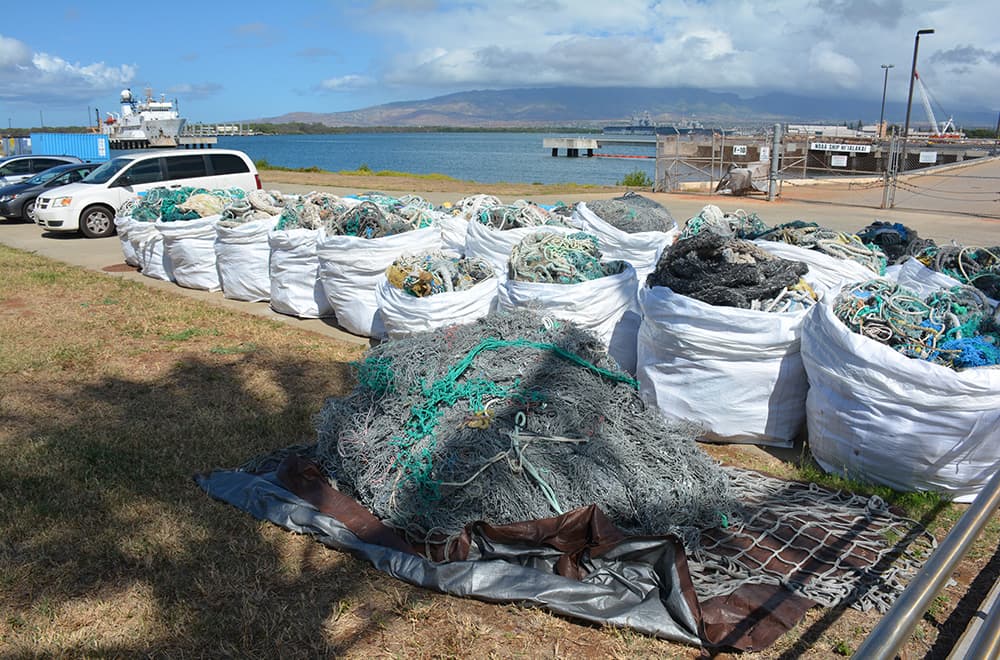
We need to hold an extraordinary regard for the blue ecology, our life support system, our ecosystem services, being well managed and well maintained. Damaged marine ecosystems, whether by natural causes or human causes such as overfishing, pollution, or a changing climate, don't function optimally and therefore don't provide the highest level of ecosystem services. How healthy is the ocean? The Ocean Health Index, a tool developed by an interdisciplinary team of scientists to assess the health of the overall ocean and the Exclusive Economic Zones of individual nations, gave the ocean a score of 72 out of 100 in 2020.12 But the scientists noted worrisome trends over the lifetime of the index, which has been used since 2012, seeing worsening conditions in fisheries stocks around the world. A continuing downward trend in iconic species and species conditions has been observed since the index was started; this finding concurs with a number of recent scientific studies that have raised alarms about losses in large marine species like seabirds, marine mammals, sea turtles, and sharks, as well as reductions to ocean habitats like coral reefs, kelp forests, and seagrass beds. But all is not dire in the 2020 report. One facet of the ocean that has been on a steady increase is that of "lasting special places." The scientists who work with the index attribute it to the recent steady creation of one of the most important tools we have in ocean conservation: the establishment of coastal and marine protected areas.
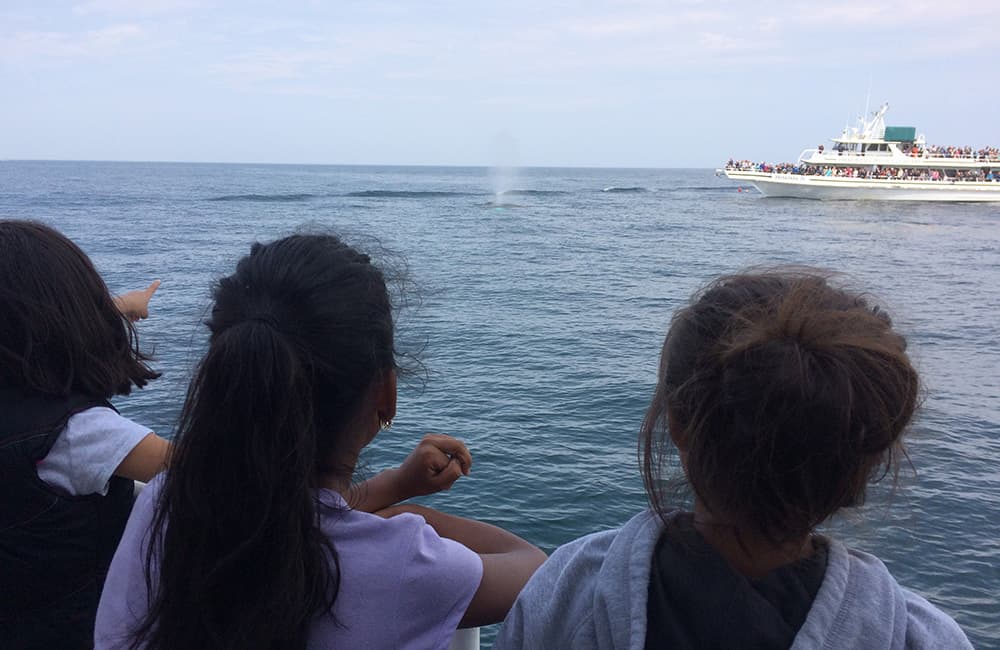
Set Aside and Protected
In 1956, in perhaps the earliest modern call to create underwater parks, G. Carleton Ray and Elgin Ciampi, in their "The Underwater Guide to Marine Life," write: "Some of the richest areas should be set aside and protected as are 'wilderness' areas on land."13 But the idea of underwater parks is in fact ancient. Pacific cultures, including Hawaiian and Samoan peoples, set aside both land and ocean areas as sacred areas where harvest of living resources was restricted or prohibited to help sustain sources of food and other materials. It is wisdom our nation has taken to heart; the US is an international leader in the creation and management of marine protected areas. As of 2020, according to the National Marine Protected Area Center, 26% of our waters (including the Great Lakes) are in some type of underwater park, and 3% are in the most highly protected category that prohibits all extractive uses.
But nearly all the highly protected waters in the U.S. are located in two large marine protected areas in the remote Pacific Ocean: Papahānaumokuākea and Pacific Remote Islands marine national monuments. Less than 0.1% of our waters outside of these sites are highly protected. That means the vast majority of our coastal waters in the continental US--the areas of the most intensive human activity--are under pressure. Not enacting appropriate conservation and management measures now puts our ocean, and our future prosperity, security, and serenity, at risk for further degradation.
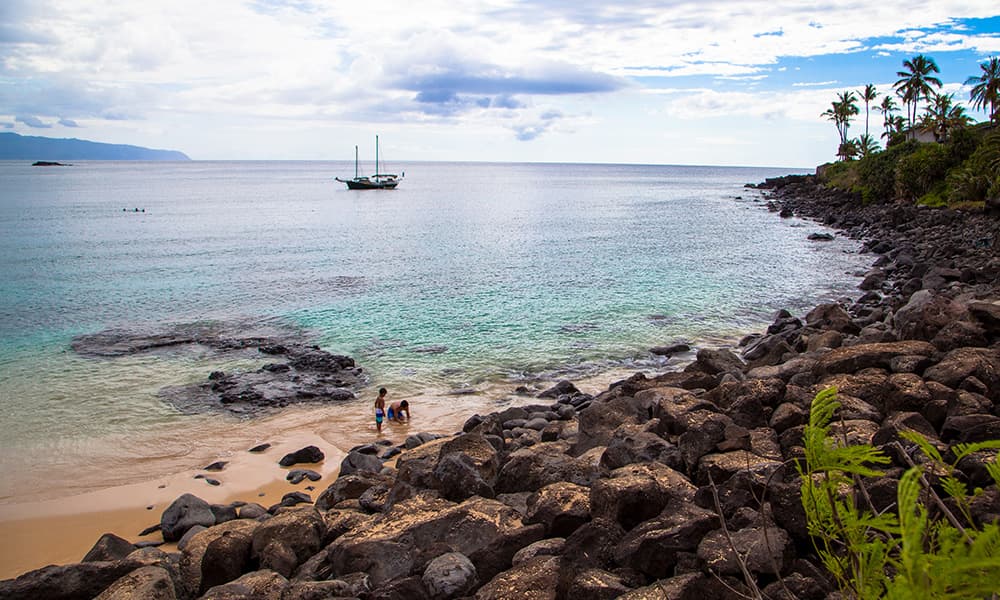
We are a maritime nation, with roots that dive deeply into the vast ocean that surrounds, protects, and supports us. If we act now, with intent, with perseverance, armed with the best available science and working in partnership across the ocean sector, our blue economy and our blue ecology together will sustain us long into the future.
References
1. The Philosophical & Political History of the Thirteen United States of America by James Franklin, Printed for J. Hinton and W. Adams, London, 1784.
2. Shipping, Maritime Trade and the Economic Development of Colonial North America by J. F. Shepherd and G.M. Walton, Cambridge Press, 1972.
3. The Way of the Ship: America's Maritime History Reenvisioned, 1600 to 2000 by A. Roland, W.J. Bolster, and A. Keyssar, John Wiley & sons, Hoboken, NJ, 2008.
4. The Way of the Ship: America's Maritime History Reenvisioned, 1600 to 2000, Roland et al.
5. United States Commission of Fish and Fisheries Annual Reports 1871 to 1903, penbay.org/cof/uscof.html, accessed March 10, 2021.
6. Saving America's Wildlife: Ecology and the American Mind, 1850 to 1990 by T.R. Dunlap, Princeton University Press, Princeton, NJ, 1988.
7. Report of the National Conservation Commission, February 1909. memory.loc.gov/cgi-bin/query/r?ammem/consrv:@field(DOCID+@lit(amrvgvg38)), accessed March 10, 2021.
8. Outdoor Recreation For America: A Report to the President and to the Congress by the Outdoor Recreation Resources Review Commission, January 1962. www.nps.gov/parkhistory/online_books/anps/anps_5d.htm, accessed March 10, 2021.
9. Effective Use of the Sea: Report of the Panel on Oceanography, President's Science Advisory Panel, June 1966. archive.org/details/effectiveuseofse00unit
10. www.worldbank.org/en/news/infographic/2017/06/06/blue-economy, accessed September 10, 2021.
11 coast.noaa.gov/data/digitalcoast/pdf/econ-report.pdf, accessed September 10, 2021.
12. ohi-science.org/news/global_scores_announced, accessed September 10, 2021.
13. The Underwater Guide to Marine Life by Carleton Ray and Elgin Ciampi, A.S. Barnes and Company, New York, 1956.

